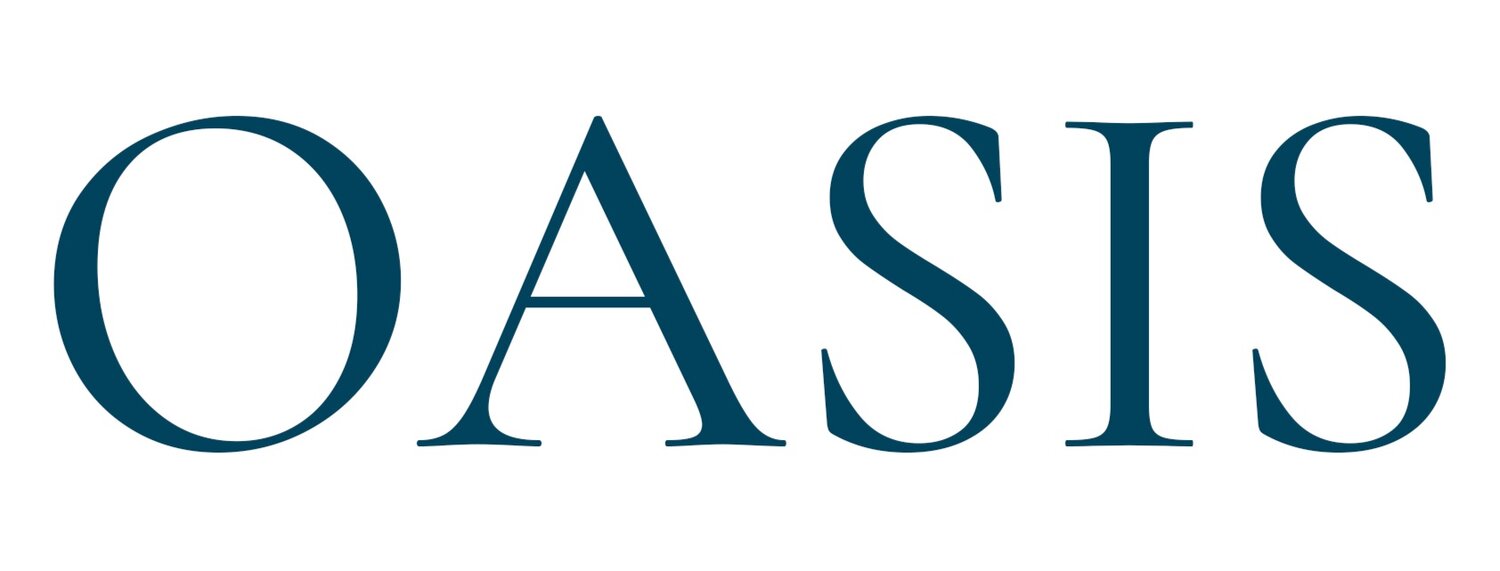Setting priorities for safe motherhood interventions in resource-scarce settings
Objective: Guide policy-makers in prioritizing safe motherhood interventions.
Methods: Three models (LOW, MED, HIGH) were constructed based on 34 sub-Saharan African countries to assess the relative cost-effectiveness of available safe motherhood interventions. Cost and effectiveness data were compiled and inserted into the WHO Mother Baby Package Costing Spreadsheet. For each model we assessed the percentage in maternal mortality reduction after implementing all interventions, and optimal combinations of interventions given restricted budgets of US$ 0.50, US$ 1.00, US$ 1.50 per capital maternal health expenditures respectively for LOW, MED, and HIGH models.
Results: The most cost-effective interventions were family planning and safe abortion (fpsa), antenatal care including misoprostol distribution for postpartum hemorrhage prevention at home deliveries (anc-miso), followed by sepsis treatment (sepsis) and facility-based postpartum hemorrhage management (pph).
Conclusions: The combination of interventions that avert the greatest number of maternal deaths should be prioritized and expanded to cover the greatest number of women at risk. Those which save the most number of lives in each model are ‘fpsa, anc-miso’ and ‘fpsa, sepsis, safe delivery’ for LOW; ‘fpsa, anc-miso’ and ‘fpsa, sepsis, safe delivery’ for MED; and ‘fpsa, anc-miso, sepsis, eclampsia treatment, safe delivery’ for HIGH settings. Safe motherhood interventions save a significant number of newborn lives.
Published in Health Policy, 94 (2010) 1–13.
